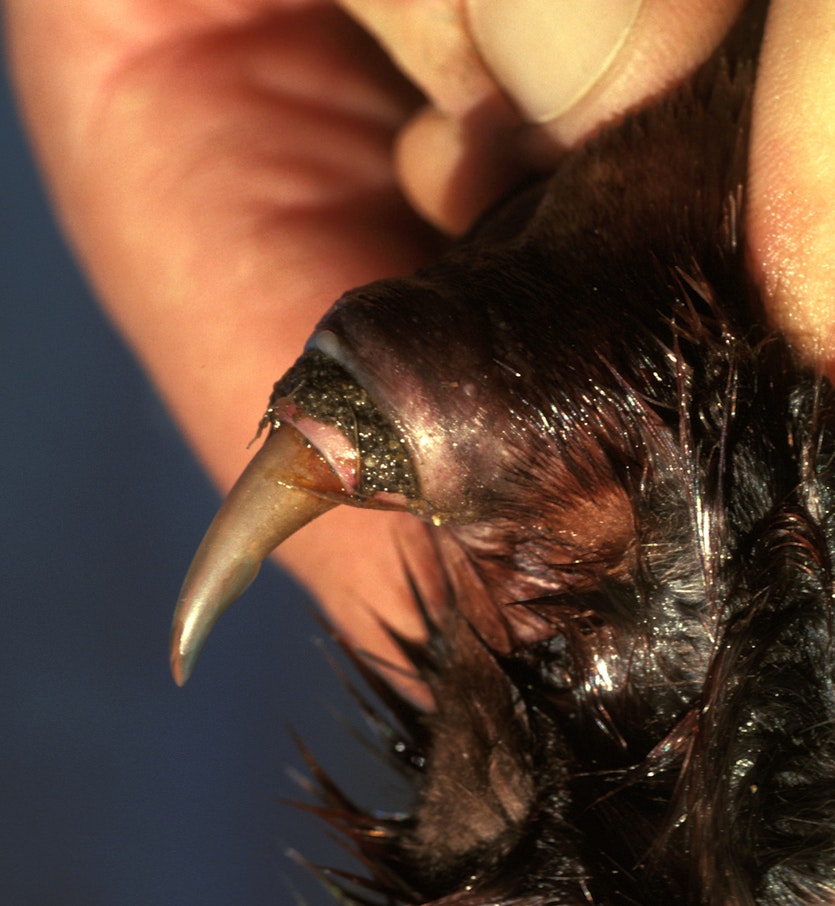
The spur is hollow and connected to a gland below the knee that produces venom during the platypus breeding season. Because

This tarsal spur sticks out from the body and sits on a small, flat bone-the os calcaris. Marsupials and placentals have more upright postures with less waddling.īut where is the venom? If you look closely at the ankle of the male platypus, you will see a deadly looking weapon made of keratin, just like your fingernails. The bones in its arms and legs, the humerus and femur, are set perpendicular to the trunk, giving the platypus a sprawling posture and a waddling gait on land. This is in contrast to the other groups of extant mammals, marsupials, and placentals, which have live births.Īlong with egg-laying, the skeleton of the platypus is a throwback to its mammal-like reptile origin. However, its young are hatched from leathery eggs! Along with the echidna or spiny anteater from Australia and New Guinea, the platypus is one of the two types of living monotremes or egg-laying mammals. It has webbed forefeet and hind feet and a hairy, beaver-shaped tail, all great for swimming and diving, and a lush, thick coat for insulation on cold mornings.Īs with other mammals, the female platypus produces milk to nurture its young. Its suede-like bill is packed with electro- and mechanoreceptors, which help the platypus find small invertebrates and fish in murky waters.

The duck-billed platypus, Ornithorhynchus anatinus, is no doubt one of the world’s oddest mammals, with a suite of adaptations to its life in streams in eastern Australia and Tasmania.


 0 kommentar(er)
0 kommentar(er)
